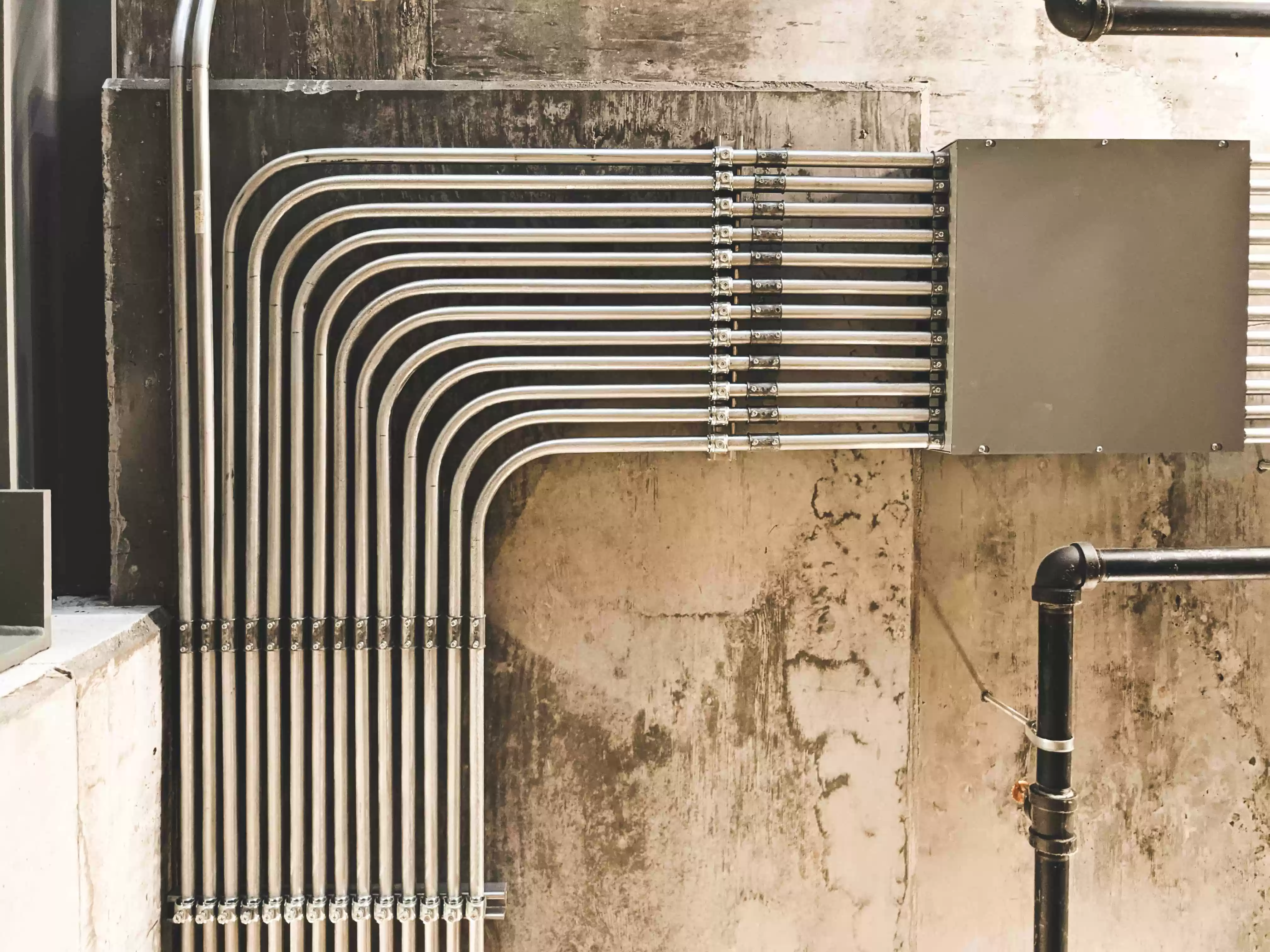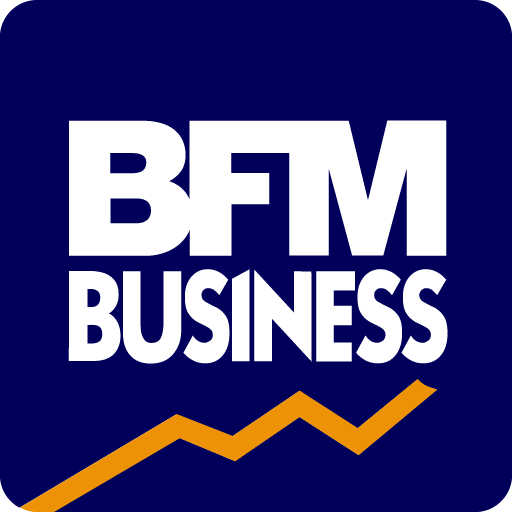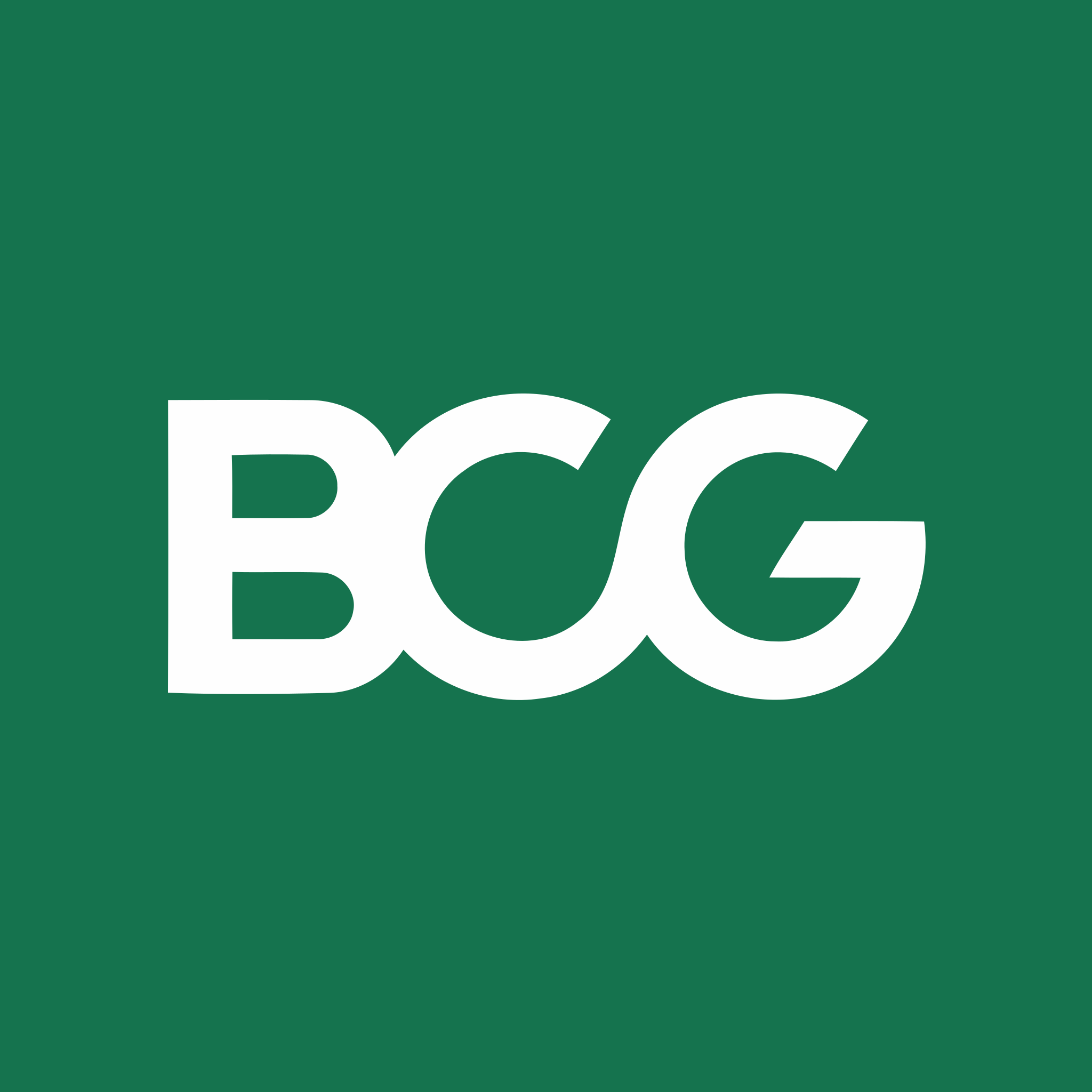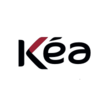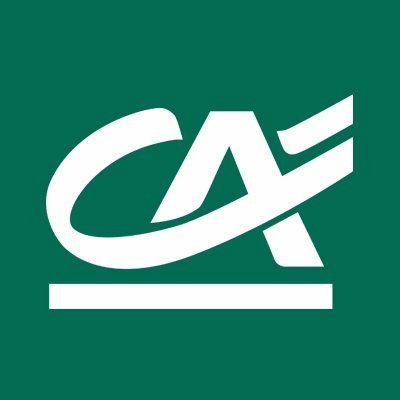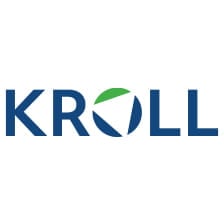Detailed content of our market study
 Inforamtion
Inforamtion
- Number of pages : 35 pages
- Format : Digital and PDF versions
- Last update :
 Summary and extracts
Summary and extracts
1 Market overview
1.1 Market overview and definition
The heating market encompasses all the equipment and technologies used to produce and transmit heat, whether for residential comfort or for tertiary and industrial use. Historically, this market has relied on a variety of energy sources: wood, gas, fuel oil, pellets and electricity.
In French households, heating practices are heterogeneous. While cost remains an essential criterion in the choice of equipment, environmental awareness is gradually taking over. This transition is reflected in a growing demand for more efficient, less carbon-intensive solutions.
In 2024, heating still accounted for 62% of household energy consumption, confirming the strategic importance of this item in domestic energy expenditure. However, this share is slowly declining, in favor of lighting (20%) and domestic hot water (11%), reflecting a gradual shift in energy use.
The tertiary sector follows a similar dynamic: heating remains the main source of energy consumption, accounting for 42% of energy consumption in 2020, according to data from the French Ministry of Ecological Transition. However, a structural reduction in consumption has been observed, driven by energy optimization and the use of renewable energies.
The market structure also reveals a strong geographical concentration: Île-de-France and Auvergne-Rhône-Alpes alone account for almost 45% of the thermal installation workforce, ahead of Hauts-de-France. This territorial network reflects the logic ofsetting up operations around major economic areas, where demand for renovation and new construction is strongest.
At the same time, the competitive landscape is changing rapidly under the combined effect of several factors:
-
The energy transition is pushing households and professionals towards less carbon-intensive solutions, such as heat pumps or hybrid systems.
-
Volatile energy prices are boosting the appeal of devices capable ofoptimizing consumption, such as intelligent hybrid heating systems.
-
Public subsidies (notably MaPrimeRénov') are boosting the renewal market: in the first half of 2024, air-to-water heat pumps (37,120 units) and pellet stoves (33,690 units) largely dominated the equipment financed.
French people's expectations are also changing significantly:in 2025, 41% said they had had to give up heating"often" or "from time to time" because of rising prices, reflecting economic pressure that could lead them to opt for more economical or less energy-intensive solutions.
Finally, manufacturers are innovating to support this transformation: the growing popularity of hybrid systems (heat pumps + gas/oil boilers) is a major area of development, with 10,000 installations completed by 2024 and growth expected to increase tenfold within five years, according to France Info. The solution's appeal lies in its ability to combine energy efficiency, installation flexibility and reduced emissions.
Against this shifting backdrop, the heating market in France has entered a phase of profound transformation, driven by the ecological transition, economic demands and technological developments.
1.2 The European market
In EU households, heating and hot water alone account for **% of total final energy consumption. In industry, **.*% of energy consumption was used for space heating and industrial processes, compared with just **.*% for lighting and electrical processes such as machine motors, and *.*% for cooling. According to Eurostat figures for ****, **% of heating and cooling is produced from renewable energies. [***]
Because of regional and local differences, climatic conditions, but also different national energy markets and consumer preferences, the European heating market is fragmented . Thus, the share of boilers, district heating, direct electric heating systems, heat pumps, biomass, solar energy etc. varies according to local conditions. Nevertheless, the overall European heating market is dominated by natural gas-fired boilers. In ****, gas-fired boilers accounted for more than three-quarters of total sales volume, or around * million heating systems. [***]
The different markets
In Germany, there are **,*** heating installers, as well as **,*** employees in the manufacturing industry. The German heating solutions industry generates sales of over €** billion, while the French heating and cooling industry generates sales of over €* billion and directly employs **,*** people. According to the annual report of ENEA - the Italian Energy Agency - the Italian heating sector generated sales of *.* billion euros for the period ****-****[***]
1.3 The French market
Sales (***) for the **.**B activity France, ****-****, in billions of euros Source: ****
This graph represents sales for thermal and air conditioning equipment installation work. These are activities grouped under NAF code **.**B. This category includes the installation in buildings or other construction projects of the following:
heating systems (***) boilers, cooling towers non-electric solar energy collectors ventilation and air-conditioning equipment and ducts steam distribution pipes
In ****, installation work on heating and air-conditioning equipment generated sales of over ** billion euros.
Sales (***) for the **.**Z activity France, ****-****, in billions of euros Source: ****
This chart illustrates sales for activities grouped under NAF code **.**Z, i.e. the manufacture of radiators and boilers for central heating. This NAF code includes:
manufacture of central heating boilers for hot water, pressurized water or steam, all energies manufacture of wall-mounted gas-fired combination boilers manufacture of central heating radiators, in cast iron or steel
This subclass does not include the manufacture of electric or gas water heaters.
Sales (***) of activity **.**B France, ****-****, in billions of euros Source: ****
The chart above represents sales for wholesale trade (***) in plumbing and heating supplies, corresponding to NAF code **.**B. This includes :
wholesale of locksmith products wholesale of fasteners wholesale of boilers wholesale ...
2 Demand analysis
2.1 Household heating consumption
Breakdown of household consumption in the home France, ****-****, % Source: ****
in ****, heating accounted for **% of household energy expenditure, down * points on **** and ** points on ****.
Main heating in primary residences by energy type France, ****, in electricity and gas are the two main energy sources used to heat homes in France, followed by fuel oil.
Type of heating in main residences France, ****, in thousands of homes Source: ****
In ****, among main residences that are apartments, *.* million homes are heated by a collective central heating system, and *.* million homes are equipped with individual central heating. In the case of houses, ** million households have individual central heating.
Apartments - heating breakdown by type France, ****, thousands of homes Source: ****
among apartments with collective central heating, gas is the most common, with over * million households. For apartments with individual central heating, gas remains important (***).
2.2 Heating consumption in the commercial sector
in ****, the sector's total heating consumption was **.* TWh, down on **** (***) and other years, notably due to the cessation of business activity during the **** health crisis. Nevertheless, we note a slight structural decline in total heating consumption by companies in the tertiary sector, and a willingness on the part of companies to turn to renewable heating sources. Heating consumption trends in the tertiary sector France, ****-****, in TWh Source: ****
heating accounted for an average **% of the sector's energy consumption in ****, making it the leading source of energy consumption in the tertiary sector.
Heated surface area in the service sector by surface type France, ****, in Source: ****
offices accounted for almost **% of energy consumption in the tertiary sector in the same year, retail for **% and healthcare for around **%.
Heating of tertiary sites by energy type France, ****, % of total Source: ****
finally, natural gas, electricity and fuel oil remain the most widely used energy sources for heating in the tertiary sector.
2.3 The French and heating
In ****, energy and heating consumption is a concern for nine out of ten French people. [***]
Implementing gestures to save energy and heat
Main actions to reduce heating consumption France, ****, in Source: ****
even though practices are changing and the French are making more and more effort in their day-to-day actions, **% of them never turn off the heating at night.
Carrying out energy renovation work
Percentage of French people who have carried out energy-saving renovation work, by type of work France, ****, in Source: ****
we can see that the proportion of French people who have carried out heating renovation work remains low, although **% of them intend to do so in the short, long or medium term.
The use of auxiliary heating to complement the main heating system
Frequency of use France, ****, in Source: ****
**% of French people have used supplementary heating, while **% have used little or no supplementary heating.
Are the French ready to lower their heating to ** degrees in ****?
more than **% think that private individuals should make less effort than professionals. **% think that lowering their heating is a good idea, but **% think it's not. **% of those questioned in September plan to change or improve their heating system, compared with **% last May. For gas, ...
2.4 The development of renewable heating
The development of renewable energies is becoming a central issue in France's energy transition, particularly in the residential and tertiary heating sector, the heart of the radiator and boiler market. In ****, renewable energies will account for **.*% of gross final energy consumption, well below the target of of the **% target set for **** by the French energy-climate law(***).
Share of renewable energies in gross final energy consumption France, ****, in Source: ****
The heat sector, which includes heating, boasts a **.*% share of renewable energies, against a target of **% by ****. This dynamic can be explained in part by the boom in renewable heating solutions, the most widely used of which are wood energy (***). These two sources alone account for more than **% of heat production from renewable sources, representing a total of around *** TWh in ****.
Breakdown of wood-energy consumption by sector France, ****, in % - Total: *** TWh (***) Source: ****
Wood energy, in particular, is widely used in the residential sector, which accounts for **% of total consumption, or almost ** TWh of the *** TWh consumed. This highlights the growing popularity of pellet-fired boilers and wood-burning stoves, which are benefiting from both incentive policies (***) and a growing enthusiasm among households for solutions that are less dependent on fossil fuels.
Primary consumption of ...
3 Market structure
3.1 French production
We are interested here in the data provided by INSEE and ACOSS for NAF code **.**Z entitled "Manufacture of radiators and boilers for central heating". According to the details provided by INSEE, this activity code includes the following sub-categories:
manufacture of hot water, pressurized water or steam central heating boilers, all energies manufacture of wall-mounted gas-fired combination boilers manufacture of central heating radiators, in cast iron or steel
Source: ****
Establishments registered under activity **.**Z France, ****-**** Source: ****
In ****, ** establishments are registered under this activity code, a level identical to that of ****, but down slightly from the peak of ** establishments in ****. Over the ****-**** period, the number of structures has remained stable overall, fluctuating between ** and ** establishments.
Workforce registered under activity **.**Z France, ****-**** Source: ****
In contrast, the number of employees in the sector has grown steadily, rising from *,*** in **** to *,*** in ****, an increase of **% in five years. This dynamic can probably be explained by an increase in activity, particularly in connection with energy renovation.
Workforce by region France, **** Source: ****
The geographical distribution of jobs shows a strong concentration in certain regions. Grand Est tops the list with *,*** employees, followed by Bretagne (***) round out the leading pack. conversely, Burgundy-Franche-Comté has no employees ...
3.2 Heating supplies and installation
Controlled mechanical ventilation (***), but it confirms the growing integration of ventilation systems in energy equipment. The share devoted to CMV reflects a growing awareness of its role in the overall energy performance of buildings.
Breakdown of HVAC equipment sales France, ****, in Source: ****
Wholesale trade in plumbing and heating supplies (***) recorded continuous growth between **** and ****, with *,*** establishments counted in **** compared with *,*** five years earlier. This dynamic trend reflects the increased structuring of the sector, driven by demand for energy-efficient renovation equipment and the expansion of specialized distributors.
Number of establishments registered under activity **.**B France, ****-**** Source: ****
The thermal and air-conditioning equipment installation sector (***) is seeing marked growth in the number of establishments, rising from **,*** in **** to **,*** in ****. This increase of more than **% reflects the boom in demand for energy renovation, the arrival of new VSEs and the development of the artisanal fabric, a key factor in achieving climate objectives.
Workforce registered under activity **.**B France, ****-**** Source : ACOSS Installation of heating and air-conditioning equipment
At the same time, the number of employees in the **.**B sector is rising sharply, with ***,*** registered in **** compared with***,*** in ****. This development reflects a growing need for skilled labor, driven by the massive scale of renovation ...
3.3 Market players
The manufacturers
* players stand out in terms of market share: the Muller group, De'Longhi SpA and Atlantic lead the way with around **% of heater sales respectively. Newell Brands Inc and Groupe SEB account for around **% of heater sales in France in ****.
Distribution
Main purchasing channels for electric heaters France, ****, % of electric heating appliance buyers Source: ****
For electric heaters, **% of buyers consult product catalogs, **% of consumers visit a store and **% do research online.
The channels consulted before investing in a water heater are diversified: **% contact a professional, **% visit a store, **% do research on the Internet and **% ask friends and family for advice. In all, **% of those questioned combined in-store and online research, **% only did in-store research and **% exclusively via the web. [***]
Professionals play a key role
There is a high degree of autonomy when it comes to buying a heating system. However, professionals remain essential to this market. In the case of electric heaters, **% of homeowners call on the services of a professional, whether to accompany them in their purchase or to install them. The reasons for calling in a professional are manifold: lack of skills to choose or install the appliances (***). [***]
3.4 The French heating industry: equipment
Electric heating
Segmentation of electric heating equipment sales France, ****, % of sales volume Source: ****
The share of towel radiator sales increased slightly between **** and ****.
Fuel oil and gas
Heating deliveries by type France, ****-****, in thousands of units Source: ****
In ****, the number of boilers delivered has fallen compared with ****: in fact, in ****, ***,*** gas and oil boilers (***) were delivered, compared with ***,*** in ****.
Renewable energy
ENR heating equipment deliveries by type France, ****-****, in thousands of units Source: ****
The year **** saw notable growth in the delivery of ENR heating equipment in France. Solar combisystems (***) also increased significantly, with a growth rate of **.*%. Geothermal heat pumps saw more modest growth of *.*%. The number of wood-fired boilers rose by **.*%, while water-source aerothermal heat pumps increased by **.*%. Thermodynamic water heaters saw more modest growth of *.*%. However, air-source heat pumps fell by *.*%, from ***.* to ***.* thousand units. Overall, demand for renewable heating equipment increased in **** compared with ****, with the exception of air-source aerothermal heat pumps.
3.5 Focus on the single- and dual-flow CMV market
The French market for controlled mechanical ventilation (***).
Single-flow single-family housing:With over ***,*** self-adjusting and ***,*** humidity-adjusting single-flow CMVs sold in ****, this segment remains the mainstay of the market. After a slight drop in ****, total sales will start to rise again, with a +*% rebound between **** and ****. The installed base continues to modernize, with a marked increase in humidity-sensitive systems(***), now eligible for the reduced VAT rate for renovation. Professionals agree on the still under-exploited potential of these systems for renovation.
Sales of controlled mechanical ventilation systems (***) France, ****-****, Source: ****
Individual housing - double flow:After a strong surge in **** (***), sales have slowed, reaching **,*** units in **** and **,*** in ****, a year-on-year drop of -**.*%. This downturn is explained by the gradual reduction in MaPrimeRénov' subsidies, which has severely penalized the profitability of these costly-to-install systems, despite their high energy-saving potential.
Sales of controlled mechanical ventilation systems (***) for single-family homes France, ****-****, Number of CMVs sold Source: ****
Collective and tertiary - single flow:This segment shows a certain stability, with ***,*** units sold in ****, up slightly after the low point of **** (***). Demand remains strong for new projects, but sales are stagnating for renovation projects, despite energy incentives.
Sales of controlled mechanical fans for multi-family housing and ...
4 Offer analysis
4.1 A classification of heating systems
There are two main categories of heating systems: "centralized" and "decentralized".[***]
Source: ****
Centralized" systems are made up of three components:
the generator that produces the heat ; the distribution system, which transports this energy from the generator to its place of use (***); the emitter, which delivers the heat to the user.
Decentralized" systems do not have these three components. Heat is generated and emitted directly on site. The most widespread decentralized system is electric heating.
Technical characteristics
The energy performance of heating systems is characterized by efficiency expressed in % or coefficient of performance (***). The nominal power Pn, expressed in kW, is the maximum power that a boiler, stove or insert can deliver continuously.
Direct electric heating has a coefficient of performance close to ***% in terms of final energy, or around **% in terms of primary energy. Direct electric heating has very low installation and maintenance costs, and as electric energy is relatively expensive, households manage this heating method to save money. [***] In the domestic sector, biomass appliances achieve efficiencies on PCI close to **% if fuelled with logs, and **% if fuelled with pellets. Condensing boilers (***) are the most efficient boiler technology, ahead of low-temperature and standard boilers. Its efficiency is close to ***% HCV. [***] One ...
4.2 Price overview
Heating generator prices
There are a number of heating generators using different sources of supply, the prices of which have been estimated by Quelleénergie.fr, an online energy-saving advice service:
The air-to-air heat pump, which extracts thermal energy from the outside air and releases it into the house or apartment via a fan coil unit, costs between €*,*** and €**,***. The air-to-water heat pump uses the same principle, but rejects the heat into water. It costs around €**,***. The geothermal heat pump extracts thermal energy from the ground via a collection network or a borehole and transmits it to the central heating system, and costs around €**,***. The low-temperature gas boiler is less expensive than a condensing boiler, costing between €*,*** and €*,***. It offers savings of up to **% compared with a conventional gas boiler. The condensing gas boiler is similar to a conventional boiler, except that it extracts more energy from the combustion of town gas. Prices range from €*,*** to €*,***. The wood pellet boiler uses recompacted wood as fuel. It costs around €**,***. A pellet stove costs between €*,*** and €*,***. Electric inertia radiators cost between €*** and €*,***.
Median prices for heating systems
Source: ****
4.3 New supply trends: connected heating at the heart of the transition
The development of connected heating is one of the most significant developments in the HVAC market. This movement, long driven by private innovation and comfort considerations, is now taking on a regulatory dimension, with a direct impact on manufacturers, installers and consumers.
According to decree no. ****-*** of June *, ****, all residential and commercial buildings, both old and new, must be equipped with a programmable or connected thermostat by January *, ****. The aim of this obligation is to introduce room-by-room temperature control, in order to reduce energy consumption in homes. It extends existing provisions, such as the obligation to install programmers when replacing a boiler since ****, but extends it to all existing housing stock, representing over ** million homes ultimately concerned.
This regulatory shift is part of the Energy Sobriety Plan, launched in **** in response to the energy crisis. In particular, it stipulates that "the obligation to install a boiler programmer by **** in all new residential buildings will be extended to all commercial buildings.sidential buildings will be extended to all buildings", but it was the date of **** that was retained in the final decree.
The objectives are clear: to enable households to better control their consumption, particularly during absences, and thus achieve energy ...
4.4 Supply trend: hybridization of heating systems
Faced with the need to reduce CO₂ emissions and ensure continuity of thermal comfort, thehybridization of heating systems is emerging as a solution of the future in the residential and tertiary sectors.
In concrete terms, these systems combine a heat pump (***) - often powered by electricity - with a gas or oil condensing boiler. Thanks to an intelligent control system, the unit automatically selects the most appropriate energy according to outdoor temperature, peak consumption or energy costs. The heat pump operates as a base load, while the boiler takes over when it's really cold. This combination saves up to **% on energy bills, while significantly reducing CO₂ emissions. [***]
Manufacturers get involved:
Buderus offers " Add-on " hybrid systems, which can be added to an existing boiler, or " All-in-one " systems, which are compact and suitable for heavy renovations. Elco, for its part, is targeting the tertiary sector with pairings such as the AEROTOP EVO heat pump and the TRIGON L PLUS boiler, guaranteeing performance, silence and compliance with the tertiary sector decree. [***] According to France Info (***), nearly **,*** hybrid boilers were installed in France in ****, a figure that could increase tenfold within five years.
In addition to performance, hybridization also appeals for its installation flexibility (***), compatibility ...
5 Regulations
5.1 Regulations
Thermal regulations for buildings
The **** thermal regulations (***) requirement for single-family homes, multi-family housing and commercial buildings. Multi-family housing is exempt until December **, ****.under RT****, new single-family homes are required to install a minimum amount of renewable energy, usually in the form of wood-fired heating equipment, a heat pump, solar thermal panels, etc.[***]
Since November ****, the E+C- labels concerning energy and carbon have been open to new building projects. These labels have * energy levels and * carbon levels. Energy levels * and * promote energy performance and renewable energies, while energy levels * and * are starting to take into account the positive energy building aspect.
European Directives for energy-related products
The Ecodesign Directive is a European directive that imposes minimum performance requirements on a number of products placed on the European market. It is accompanied by the Energy Labeling Directive, which informs consumers and enables them to compare products of the same type in terms of energy performance. These Directives are broken down into regulations for specific product groups
Energy efficiency plan
In October ****, in the context of the current energy crisis, the Energy Sobriety Plan was presented. The aim is to reduce overall consumption by **% by **** and by **% by ****.
The main measures are as ...
5.2 Economic incentives
Economic incentives for collective, tertiary and industrial buildings
The Fonds chaleur provides financial support for the development of renewable heat production for collective housing, local authorities and businesses. Between **** and ****, *,*** installations were supported by the Fonds chaleur, for a total investment of *.** billion euros, out of a total budget of *.** billion euros. The average rate of assistance for investments was **.*%. [***] A reduced VAT rate for heat supplied to virtuous networks using at least **% renewable energy: *.*% VAT on their subscription and energy supply bills. As part of the Europe **** strategy for smart, sustainable and inclusive growth, the European Regional Development Fund(***) finances economic, social and territorial cohesion policy. In France, for the ****-**** period, the ERDF represents *.* billion euros.
Economic incentives for private individuals
The "crédit d'impôt pour la transition énergétique" (***) allows you to deduct part of the cost of energy efficiency improvements from your income tax. [***] It is aimed at homeowners, and more particularly middle-income households, whose resources fall between a floor and a ceiling. The CITE is based on a fixed amount for each type of work, up to a maximum of **% of the expenditure incurred. MaPrimeRénov' replaces the national "Habiter mieux" program, and is aimed ...
5.3 New heating regulations
The heating sector is currently undergoing major change under the impact of new national and European regulations designed to boost the energy performance of buildings. Thedecree of March **, ****, which came into force for loans issued from July *ᵉʳ, ****, harmonizes the technical criteria of the zero-rate eco-loan with those of MaPan.s désormais les critères techniques de l'éco-prêt à taux zéro avec ceux de MaPrimeRénov' et de la TVA réduite. It requires, among other things, better thermal insulation, the phasing out of boilers running on fossil fuels, and a strong incentive to use heat pumps or connect buildings to heat networks powered by renewable energies. [***]
In new construction, the RE**** environmental regulation succeeds the RE**** in tightening requirements. It definitively bans gas-fired heating in all new apartment buildings, and requires the almost systematic use of renewable energies(***) has also become essential, while thermal insulation has been reinforced, with triple glazingmandatory in certain regions. [***]
At European level, Directive (***) ****/****, applicable in ****, also raises energy performance standards for all buildings, forcing member states to accelerate their energy transition. In the Brussels-Capital Region, new decrees of June *, **** on heating, air-conditioning and ventilation systems will come into force as of****, incorporating strict ...
6 Positioning the players
6.1 Player segmentation
6.2 The analyst's eye
Background on market structure
The heating market remains massively structured around heating, which will still account for **% of household energy consumption in ****, even if its share is declining. This confirms the strategic importance ofheating in the activities of companies in the sector. In addition, there is a marked geographical concentration: Île-de-France and Auvergne-Rhône-Alpes alone account for almost **% of the workforce in heating installation work, reflecting a strong structuring around major economic hubs.
Main trends :
*st trend: Economic trade-offs at the expense of comfortFaced with rising energy bills, **% of French people say they will have given up heating their homes "often" or "from time to time" in ****. This figure underlines a constrained choice that may slow down the renewal of heating equipment or encourage the use of more economical alternative solutions, such as wood-burning stoves or auxiliary heaters.
trend *: Heat pumps make inroads into the HVAC marketIn ****, air-to-water heat pumps will account for *.*% of HVAC equipment sales, a still small but growing share. This dynamic illustrates the gradual transition to greener solutions, supported by renovation subsidies and heating decarbonization objectives.
trend *: Highly concentrated workforce in certain regionsWith **,*** employees in thermal installation work, Île-de-France will dominate the national landscape in ****, followed ...
- Vaillant Group (Saunier Duval)
- Atlantic Groupe
- Poujoulat
- Butagaz
- Intuis (Muller Groupe)
- Saunier Duval (Groupe Vaillant)
- Ariston Thermo
- Axenergie
- Eisox
- Yahtec
- Cedeo
- Chappée (BDR Therma)
- BDR Thermea (De Dietrich, Remea, Baxi)
- Chaffoteaux (Ariston)
- Wilo
- Fauché Groupe
- Noirot (Groupe Muller)
- Varela design
- CAMPA
- A Giacomini
- Adey Innovation
- Airzone France
- Alsace Sani Therm (Ast)
- Anconetti Auvergne
- Andrez Brajon Dupont Est
- Arbonia France
- Ari Armaturen France
- Ariston France
- Aurlane
- Bcl Decor
- Beaufrere Et Cie
- Bernard Et Louvet
- Blucher France
- Bretagne Sanitherm
- Brisach Design
- Buron Distribution
- Chadapaux
- Chauffage Automatique Du Limousin (Cal)
- Chauffage Climatisation Sanitaire Ferren
- Chauffage Sanitaire Manosquine (Csm)
- Cie Orleanaise De Materiel Electrique Et Thermique Comet
- Codital France
- Comafranc
- Comptoir D'Equipement Sanitaire (Ces)
- Comptoir Vendéen De L'Artisan Plombier (Covap)
- Comtat & Allardet Servent
- Coopérative Du Nord Pour La Plomberie Et Le Chauffage
- Cooperative Artisanale D'Achats (C2A)
- Cooprovence (Pasec)
- Cpm
- Danosa France
- Diff
- Diffusalp
- Eau Et Vapeur
- Equinoxe
- Esbe
- Espinosa Christian Et Fils
- Est Menager
- Ets A Puybaret
- Ets Bellucci
- Ets Boulogne
- Ets Guiraud
- Ets Jean Carbonel
- Ets Louis Spriet
- Ets Maillard
- Ets Pastor
- Ets Ponzevera
- Ets Verney
- Ets Verstraete
- Euro Piscine Services
- Everblue France
- Ez Fitt
- Fourniture Industrielle En Robinetterie Sanitaire Et Tuyauterie (First)
- Fournitures Generales De Plomberie
- Frazzi
- Galeries Du Carrelage
- Gerama
- Hexavent
- Hs France
- Imi Hydronic Engineering France
- Inda France
- Isiflo
- Isocel
- Isoplus France
- Jeremias France
- Jotul France
- Jp Outillages Distribution
- Kwb France
- Maxithermie
- Mea Metal Applications France
- Mequisa
- Mestre
- Michel Vitalis
- Morbihan Chauffage Sanitaire (Mcs)
- Moy Sanitaire Chauffage
- Pack Service
- Paini France
- Pastor Aix En Provence
- Pastor Toulon
- Pastor Var
- Pettinaroli
- Pieces Express
- Plattard Negoce
- Poliflux
- Pompac
- Sagos
- Sakkarah
- Salon Chauffage Sanitaire (Scs)
- Sanisitt Comutherm
- Sanit France Ouest
- Schmitt Ney Sanitaire Et Chauffage
- Schreiber Relius
- Sehcor Groupe
- Seric Technologie
- Siehr
- Smg
- Socofri (Sté Commerc Fabricat Robinetterie Indust)
- Sodico
- Solmur
- Somatem
- Spl
- Sté Fournitures Chauffagistes Plombiers (Sfcp)
- Tbs France
- Tece
- Technic Conseils
- Therm'Essonne
- Thermador
- Thermic Charpentier
- Tolerie De La Loire
- Tuvaco
- Uponor
- Walraven France
- Wolf France
All our studies are available online in PDF format
Take a look at an example of our research on another market!
 Choosing this study means :
Choosing this study means :
Access to more than 35 hours of work
Our studies are the result of over 35 hours of research and analysis. Using our studies allows you to devote more time and added value to your projects.
Benefit from 6 years' experience and over 1,500 industry reports already produced
Our expertise enables us to produce comprehensive studies in all sectors, including niche and emerging markets.
Our know-how and methodology enable us to produce reports that offer unique value for money.
Access to several thousand articles and paid-for data
Businesscoot has access to all the paid economic press as well as exclusive databases to carry out its market research (over 30,000 articles and private sources).
To enhance our research, our analysts also use web indicators (semrush, trends, etc.) to identify market trends and company strategies. (Consult our paying sources)
Guaranteed support after your purchase
A team dedicated to after-sales service, to guarantee you a high level of satisfaction. +44 238 097 0676
A digital format designed for our users
Not only do you have access to a PDF, but also to a digital version designed for our customers. This version gives you access to sources, data in Excel format and graphics. The content of the study can therefore be easily retrieved and adapted for your specific needs.
 Our offers :
Our offers :
The heating market | France
- What are the figures on the size and growth of the market?
- What is driving the growth of the market and its evolution?
- What is the positioning of companies in the value chain?
- Data from several dozen databases
Pack 5 études (-25%) France
- 5 études au prix de 74 €HT par étude à choisir parmi nos 1200 titres sur le catalogue
- Conservez -25% sur les études supplémentaires achetées
- Choisissez le remboursement des crédits non consommés au terme des 12 mois (durée du pack)
Consultez notre catalogue d’études sectorielles
